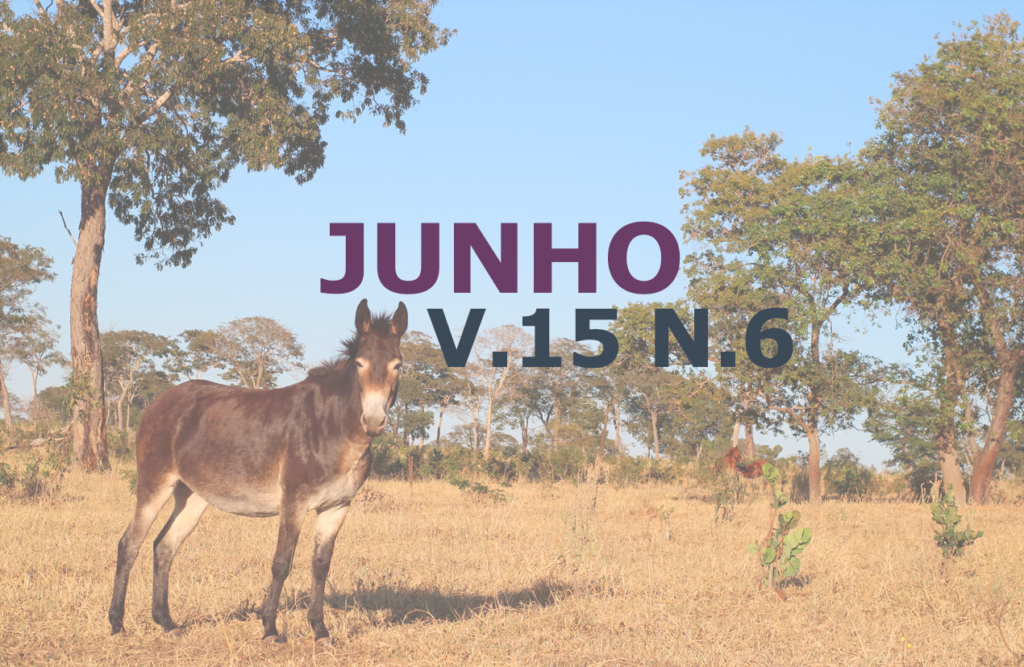Occurrence of microfilaremia in dogs (Canis familiaris) from municipalities in Rio de Janeiro
DOI:
https://doi.org/10.31533/pubvet.v15n03a761.1-7%25C2%25A0Keywords:
Dog, diagnosis, heartworm, microfilaremiaAbstract
This work aimed to carry out the epidemiological survey of dogs with microfilaremia in a Veterinary Diagnostic Center located in the city of Niterói, state of Rio de Janeiro. Microfilaremia can be caused by several species of filarids, such as Dirofilaria immitis, Dirofilaria repens and Acanthocheilonema reconditum. These species release microfilariae into the bloodstream of their infected host, being the species that most affects dogs, Dirofilaria immitis, which causes the parasitosis called canine dirofilariasis. In order to carry out this study, 10,996 hematological exams were analyzed, from January to September 2020, of which 292 were positive (2.66%) for microfilaremia, 284 (97.26%) using the blood smear technique, two (0.70%) using the thick drop technique and six (2.05%) using both methods. Data were collected from the municipalities of Niterói (36%), São Gonçalo (30.5%), Maricá (29.5%) and Itaboraí (4.1%). The month of January had 42 positive cases (3.77%), February 34 (3.48%), March 9 (0.86%), April 41 (4.15%), May 42 (3.54%), June 40 (2.45%), July 48 (3.45%), August 17 (1.12%) and September 19 (1.37%). Among the animals positive for microfilaremia 147 were males (50.3%), 144 females (49.3%) and 1 was not informed (0.3%), with an average age of 6 years, with no statistical differences found between the genera and breeds of animals. In view of the above, the average number of positive cases for canine microfilaremia was 2.65% in the total number of tests analyzed, emphasizing the importance of hematological findings and the requesting more sensitive methods in the clinical routine.
Downloads
Published
Issue
Section
License
Copyright (c) 2021 Luara Duarte dos Santos Nascimento, Liliane Maria Valentim Willi, Fernanda Barbosa dos Santos, Cristiane Oliveira Milward, Sabrina dos Santos Feitosa Rodrigues

This work is licensed under a Creative Commons Attribution 4.0 International License.
Você tem o direito de:
Compartilhar — copiar e redistribuir o material em qualquer suporte ou formato
Adaptar — remixar, transformar, e criar a partir do material para qualquer fim, mesmo que comercial.
O licenciante não pode revogar estes direitos desde que você respeite os termos da licença. De acordo com os termos seguintes:
Atribuição
— Você deve dar o crédito apropriado, prover um link para a licença e indicar se mudanças foram feitas. Você deve fazê-lo em qualquer circunstância razoável, mas de nenhuma maneira que sugira que o licenciante apoia você ou o seu uso. Sem restrições adicionais
— Você não pode aplicar termos jurídicos ou medidas de caráter tecnológico que restrinjam legalmente outros de fazerem algo que a licença permita.





